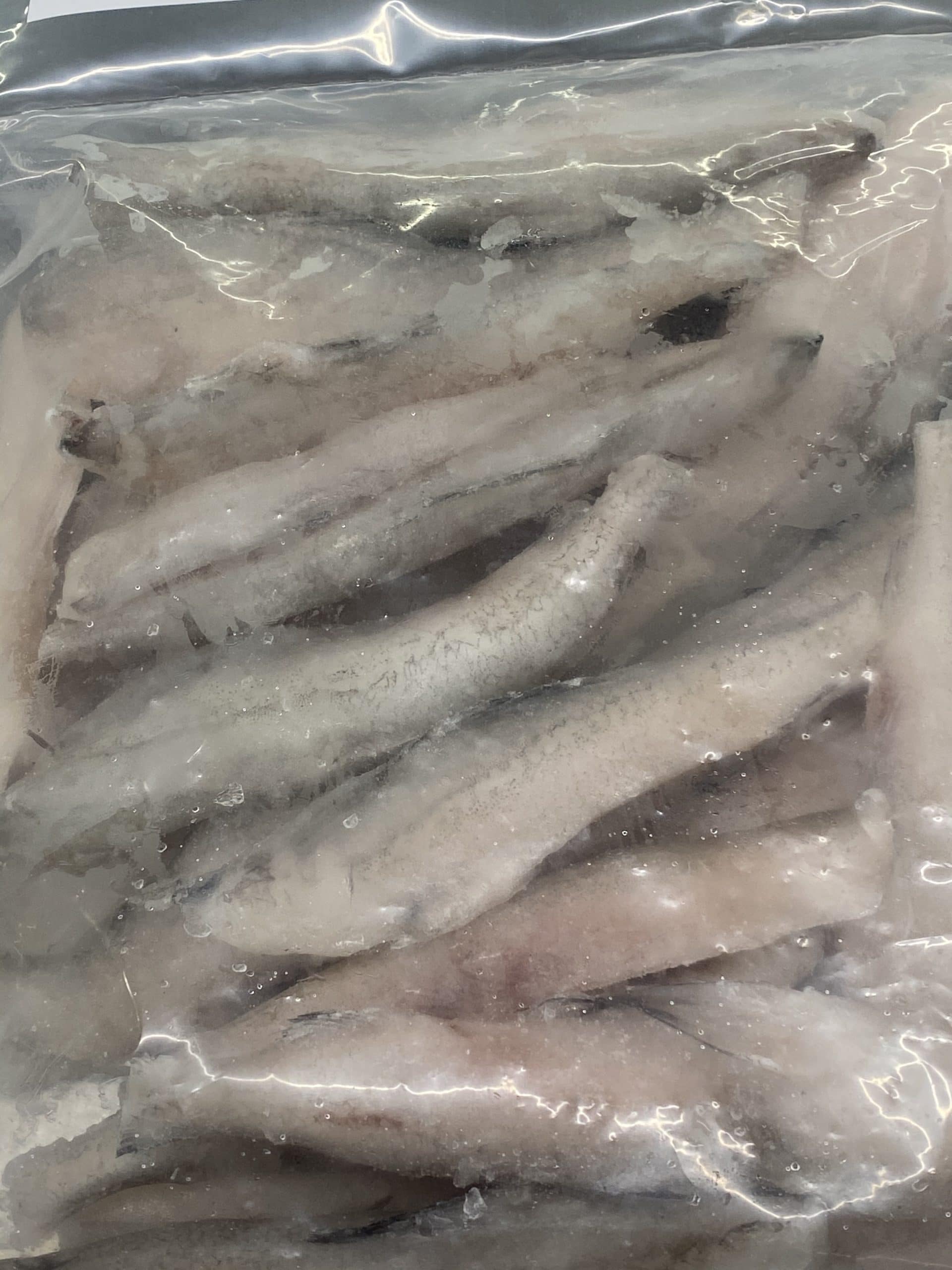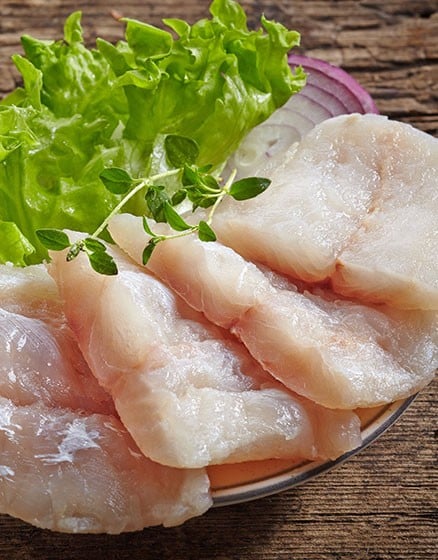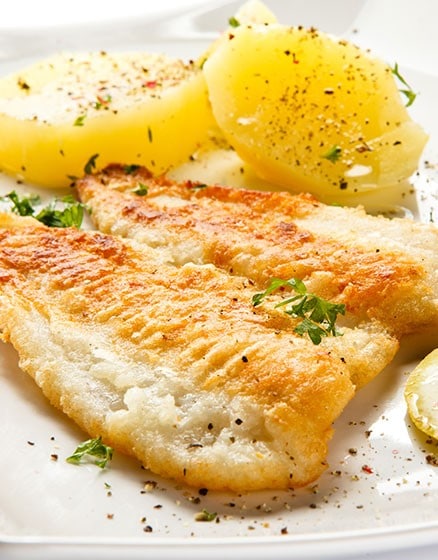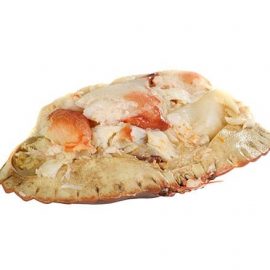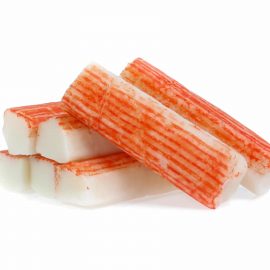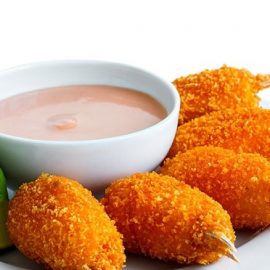Bombay ducks are aquatic creatures that inhabit the seas near India. These fish have a long and cylindrical body, with its basic colour being brownish-yellow in adults but lighter at about 20 cm.
Young Bombay Ducks can be up to three inches long when they hatch, which is why this species has been nicknamed “Bombay Duck” by fisherman who often catches them as their main target of fishing expeditions off the coast of southern Asia (especially around Mumbai).
The Bombay duck is called posto, hilsa or palla fish in Hindi. It has a distinctive long, snake-like appearance, one of India’s most popular dishes!
The humble Bombay Duck is a nutritional powerhouse that doesn’t get nearly the recognition it deserves!
Filling with essential amino acids, calcium, iron and zinc, in addition to being high on protein levels, this forgotten breed of fish has some serious health benefits. From aiding your body’s ability to produce red blood cells (iron)and haemoglobin which carries oxygen throughout our system(iron), these little guys can also aid the production of white blood cells thanks to their rich concentration in zinc- an important part responsible for fighting off infection or disease.
We offer 900g net Bombay Ducks raw with heads off for your consumption!
What Does Bombay Duck Taste Like?
Bombay duck is a type of fish that can be cooked with many different techniques. One such way to cook it is by pan-frying the meat in oil or butter, which most commonly results in an even and flaky texture on all sides. The best pairing for this dish would likely include plain rice, chapati (a flatbread), or Punjabi Chawal – traditional Indian style fried rice served with side dishes called “chaat.” This savoury meal pairs well with hot curries made from onions, green chillies, ginger-garlic paste and fresh coriander!
Responsibly-Sourced Bombay Duck
Bombay Duck Fish is sourced from a fishery that is passionate about sustainable fishing practices and high-quality seafood.
They’re caught using many methods, including longlines, trawls, seines and gillnets. We always make sure all our fish meet global sustainability standards for the sake of future generations!
